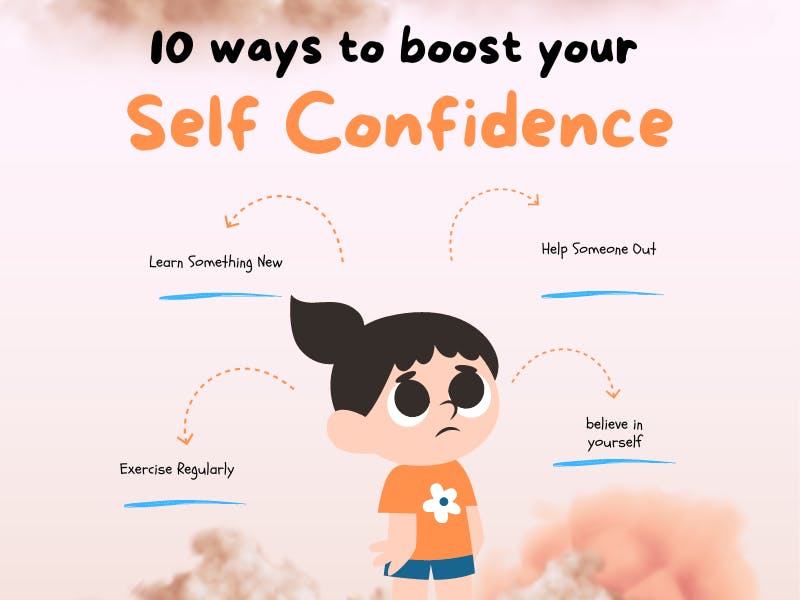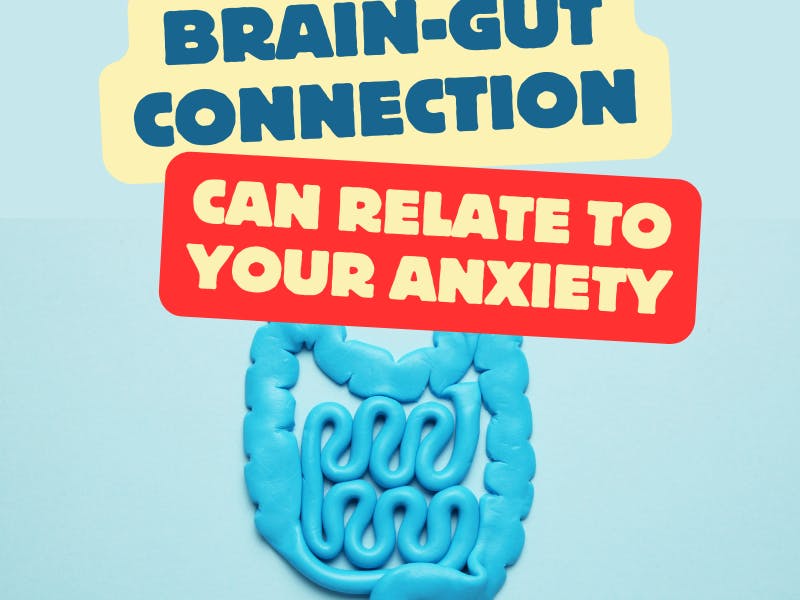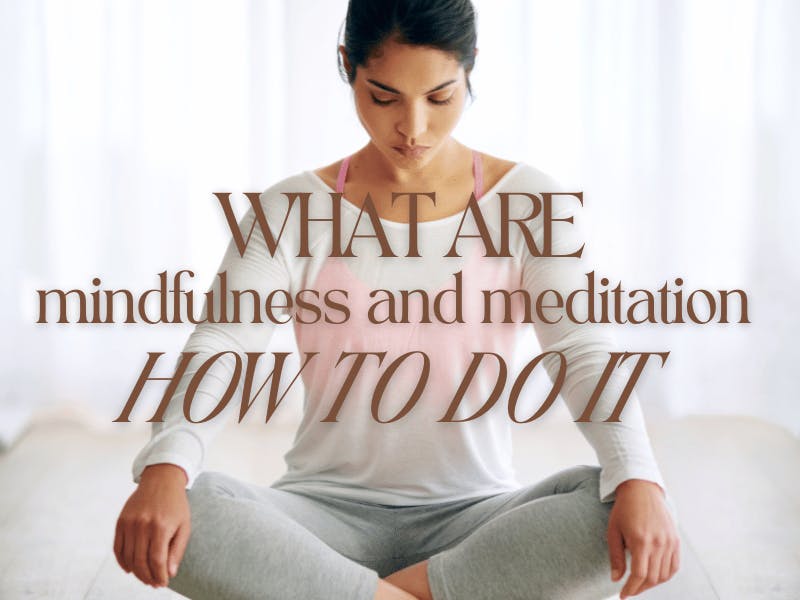
Exposure Therapy For Healing From Phobias
Jul 28, 2024
Understanding Exposure Therapy: A Comprehensive Overview
Exposure therapy is a psychological treatment that helps individuals confront their fears and anxieties. This therapeutic approach is grounded in cognitive-behavioral therapy (CBT) principles and has been extensively researched for its effectiveness in treating various anxiety disorders, phobias, post-traumatic stress disorder (PTSD), and obsessive-compulsive disorder (OCD).
What is Exposure Therapy?
Exposure therapy involves emphasizes repeated, intentional confrontation of feared objects, activities, or situations in a controlled and safe environment. The primary goal is to reduce the fear response associated with these triggers. The process helps patients gradually become desensitized to the source of their anxiety, so that it diminisehes their avoidance behaviors and improving their overall functioning.
Exposure therapy can be conducted in various forms, including:
- In Vivo Exposure: Directly confronting feared objects or situations in real life.
- Imaginal Exposure: Vividly imagining the feared object or situation.
- Interoceptive Exposure: Deliberately inducing physical sensations that are feared, often used in the treatment of panic disorder.
- Virtual Reality Exposure: Using virtual reality technology to simulate feared situations.

Why Do People Undergo Exposure Therapy?
People opt for exposure therapy for several reasons:
- Effectiveness: Numerous studies have shown that exposure therapy is highly effective in reducing symptoms of various anxiety disorders.
- Evidence-Based: As a component of CBT, exposure therapy is backed by extensive empirical research.
- Long-Term Benefits: The skills and coping mechanisms learned during exposure therapy can provide long-lasting relief from anxiety symptoms.
- Personal Empowerment: By facing their fears head-on, individuals can regain control over their lives and reduce the limitations imposed by their anxiety.
How Does Exposure Therapy Help?
Exposure therapy works on the principle of habituation, extinction, and cognitive restructuring:
- Habituation: Repeated exposure to a feared stimulus reduces the intensity of the anxiety response over time. The individual's nervous system becomes accustomed to the stimulus, and the fear diminishes.
- Extinction: The process of unlearning the association between the feared stimulus and the anxiety response. Over time, the individual learns that the feared outcome is unlikely to occur.
- Cognitive Restructuring: Exposure therapy helps individuals challenge and change their distorted beliefs about the feared object or situation. By confronting their fears, they often realize that their catastrophic predictions are unfounded.

What Conditions Does Exposure Therapy Help?
Exposure therapy is particularly effective for a range of anxiety-related conditions:
- Phobias: Specific phobias, such as fear of heights (acrophobia), fear of flying (aviophobia), and fear of spiders (arachnophobia), can be effectively treated with exposure therapy. By gradually facing the feared object or situation, individuals can reduce their phobic reactions.
- Social Anxiety Disorder: Exposure therapy can help individuals with social anxiety disorder confront social situations they fear, such as public speaking or attending social gatherings.
- Post-Traumatic Stress Disorder (PTSD): For individuals with PTSD, exposure therapy can involve revisiting traumatic memories in a safe and controlled manner. This process helps to reduce the power of the traumatic memory and alleviate PTSD symptoms.
- Obsessive-Compulsive Disorder (OCD): Exposure and Response Prevention (ERP), a specific type of exposure therapy, is highly effective for OCD. ERP involves exposing individuals to their obsessive thoughts and preventing the accompanying compulsive behaviors, thereby reducing OCD symptoms.
- Panic Disorder: Interoceptive exposure, which involves inducing feared physical sensations (such as increased heart rate or shortness of breath), helps individuals with panic disorder become less sensitive to these sensations and less likely to misinterpret them as signs of impending doom or danger. This reduces the frequency and intensity of panic attacks.
Challenges and Considerations
While exposure therapy is highly effective, it is not without challenges. Some individuals may find the process initially distressing or may be reluctant to engage in exposure. Here are some considerations:
- Therapist Expertise: It is crucial to work with a therapist who is experienced in exposure therapy to ensure the process is conducted safely and effectively.
- Individual Differences: The approach may need to be tailored to the individual's specific needs, fears, and readiness for exposure.
- Initial Distress: The process can be anxiety-provoking at the beginning. However, this initial discomfort typically decreases as the individual progresses through the hierarchy.
- Consistency: Regular and consistent practice is key to achieving the desired outcomes. Skipping sessions or avoiding certain exposures can hinder progress.
Conclusion
Exposure therapy is a powerful and effective treatment for various anxiety-related conditions. By systematically confronting feared stimuli in a controlled and safe environment, individuals can achieve significant reductions in anxiety and avoidance behaviors. While the process may be challenging initially, the long-term benefits of reduced anxiety and improved functioning make exposure therapy a valuable intervention for those struggling with anxiety disorders, phobias, PTSD, OCD, and panic disorder.
If you struggle with these problems, exposure therapy can be a life-changing treatment. Consulting a professional therapist can provide the guidance and support you need to face your fears.




